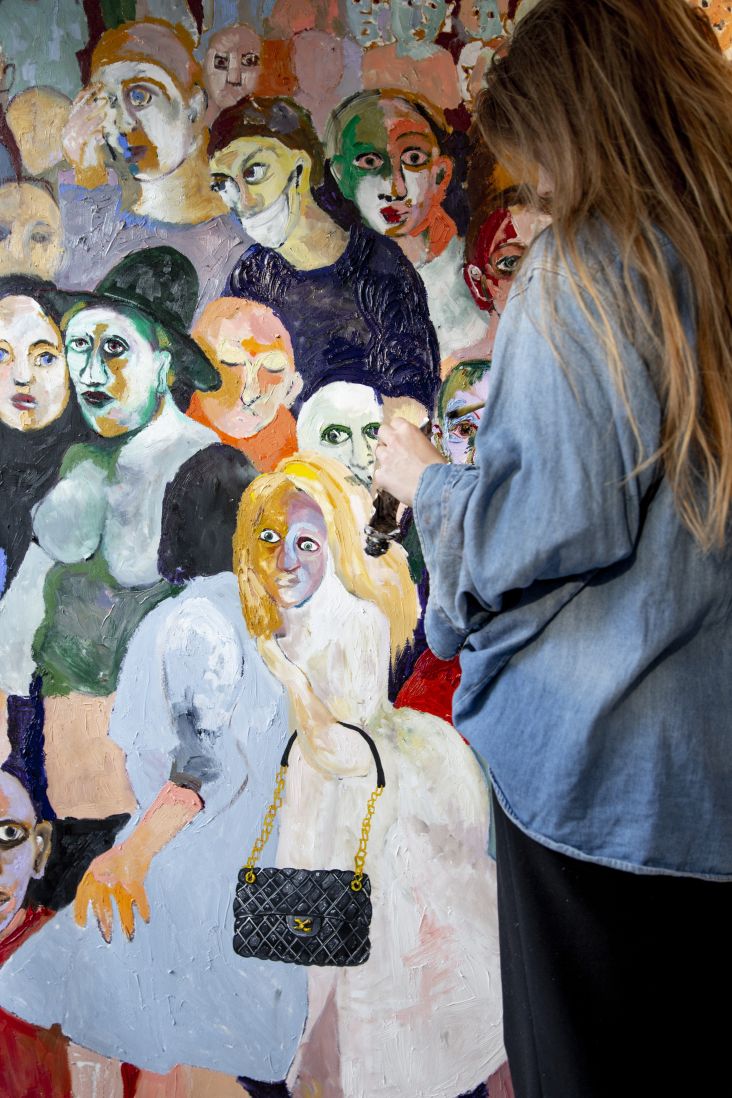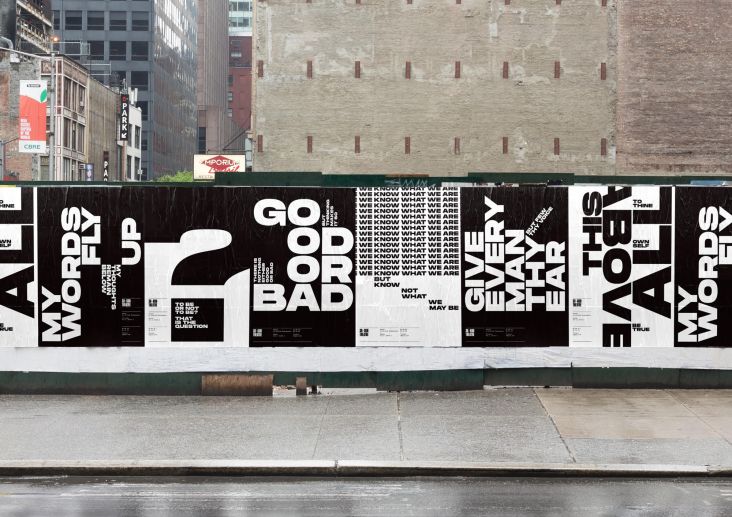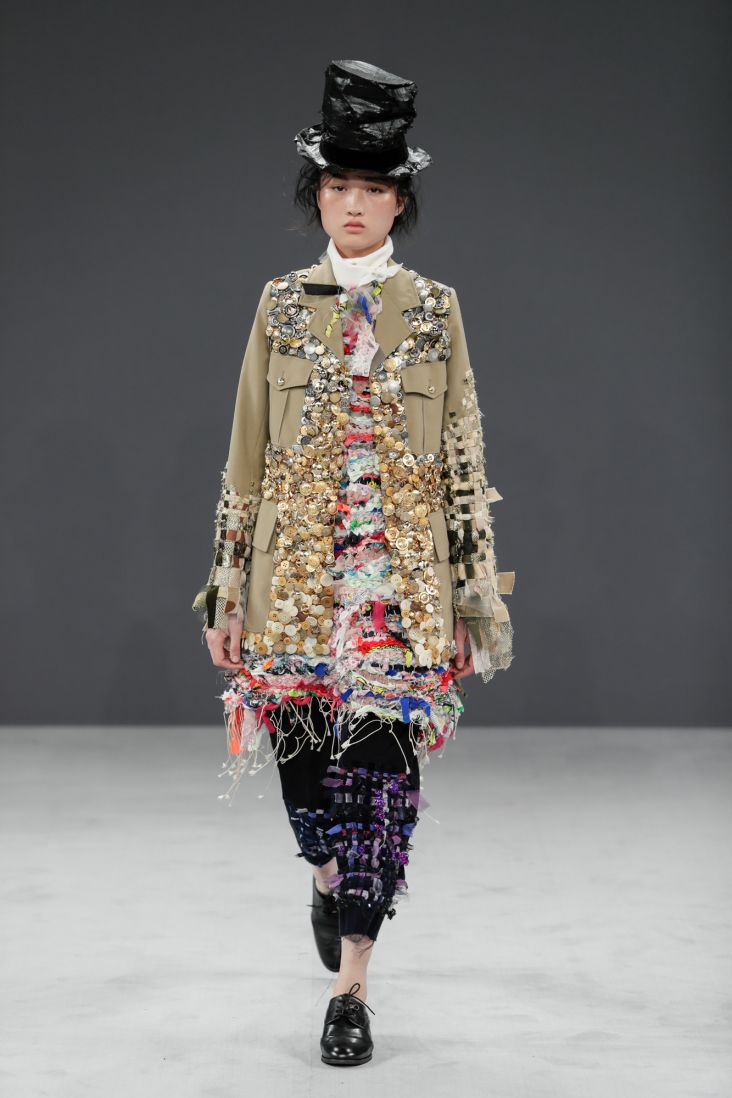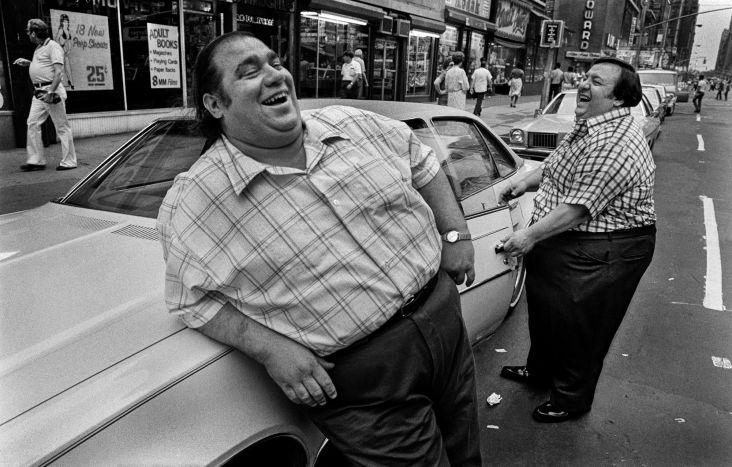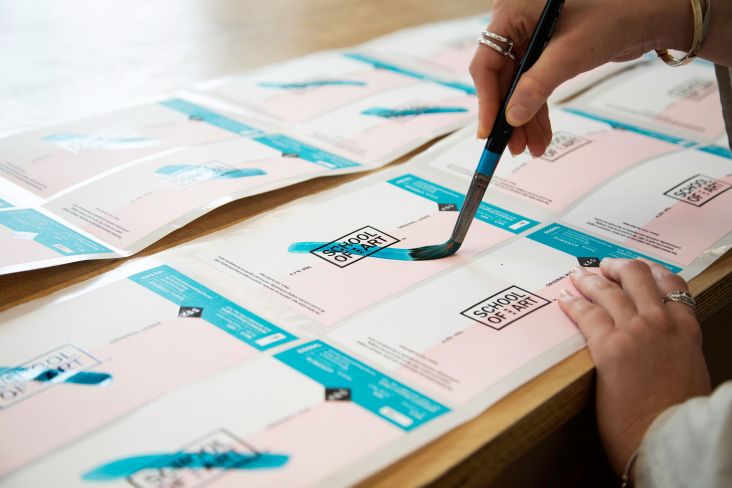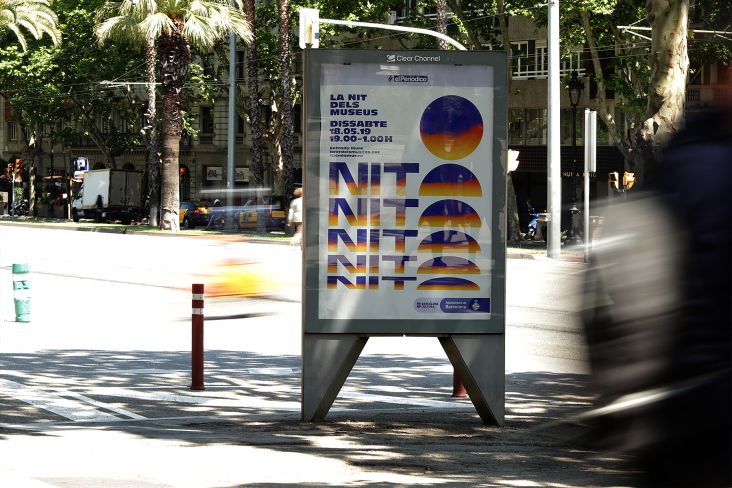No Photos on the Dance Floor! documents the history of Berlin's club scene since the fall of the Wall
Is the party finally coming to an end? That's the question posed by an exhibition in Berlin this month that documents and brings to life the history of the city's club scene since the fall of the Wall.
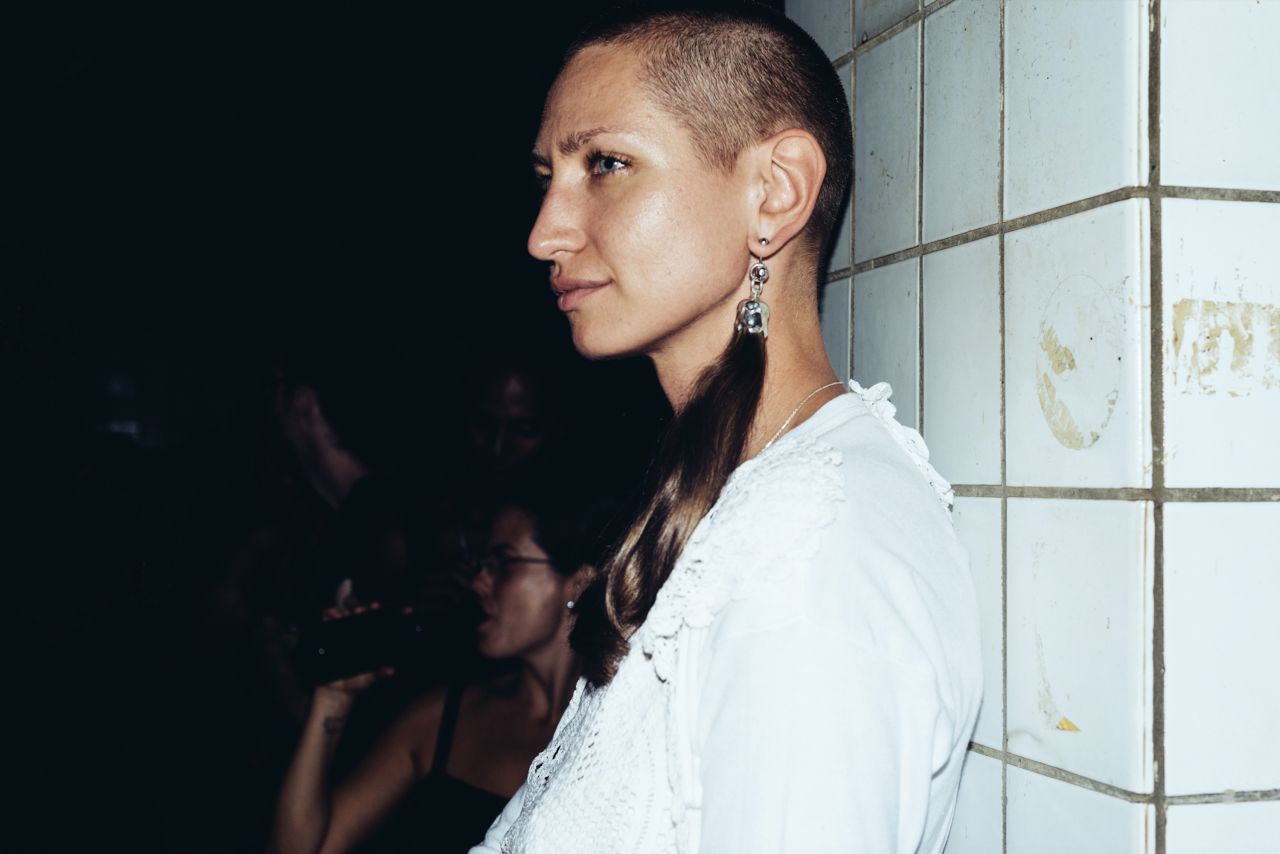
Ohm Trade, 2016 © Camille Blake
What makes this showcase of photographs and film so special is that it's unexpected. Because while photography is a central part of nightlife in other cities, in Berlin, most clubs have strict rules against taking pictures. There are two reasons for this: to allow dancers to lose themselves in the music without distraction and to protect clubgoers' freedom and privacy.
It's the kind of liberty we've come to expect from German's capital. After the Berlin Wall fell in 1989, young squatters, artists, gallery owners, and DJs from the East and West took over the city, filling empty buildings, factories, and vacant lots with life. Clubs, bars, galleries, and studios began popping up everywhere. The club and cultural scene became the driving force behind the city's rejuvenation, pointing the way for a new generation of young creatives.
And while techno was not invented in Berlin, what was happening in the city during this period at events like Tekknozid and in clubs like Ufo, Tresor, and Planet can be seen as a kind of 'big bang' – the inception of the last major youth culture movement in Europe to date.
The visual effects and new artistic approaches of Berlin's club life brought together video, film, projections, and music. For many aspiring artists, the connection with art offered diverse possibilities for collaboration and new perspectives and spaces for communication, interaction, and celebration – outside the confines of reason and everyday life.
Berlin's club scene gained new momentum at the turn of the millennium. Cheap flights in Europe, together with a new wave of clubs like Bar 25, Watergate, and Berghain and parties that never seemed to stop drew increasing numbers of techno fans to the capital. Artists, party promoters, and record labels from around the world moved to Berlin, bringing new influences to the city's sound – a process that continues to this day. But now the spaces of seemingly infinite possibilities are narrowing, and the party appears to be coming to an end.
It seems like the right time to look back over thirty years and consider the evolution of Berlin's club culture and where it might be heading next, if anywhere. No Photos on the Dance Floor! Berlin 1989–Today runs until 30 November at C/O Berlin in the Amerika Haus.
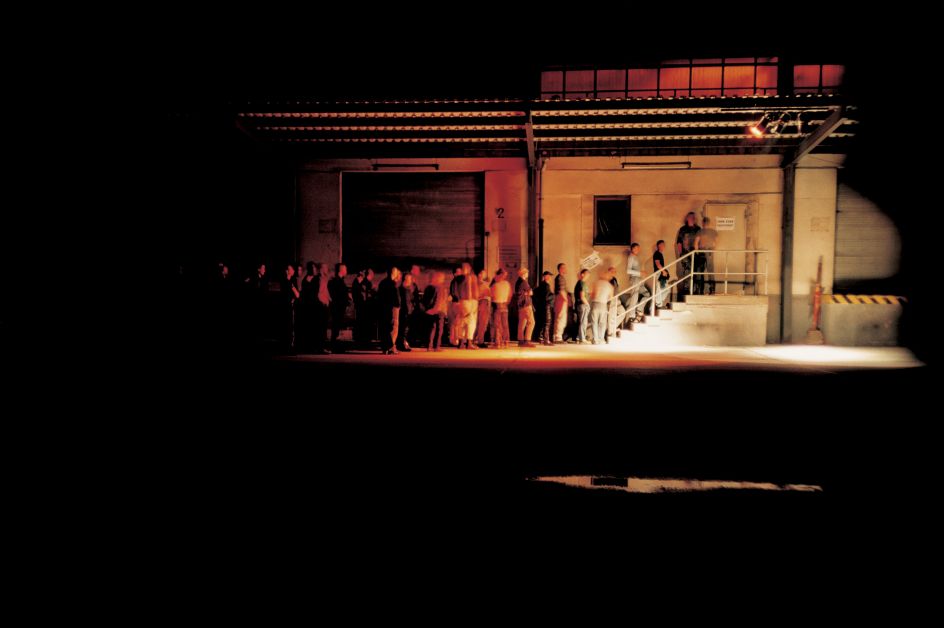
Outside Snax Club, 2001 © Wolfgang Tillmans . Courtesy Galerie Buchholz Berlin/Cologne
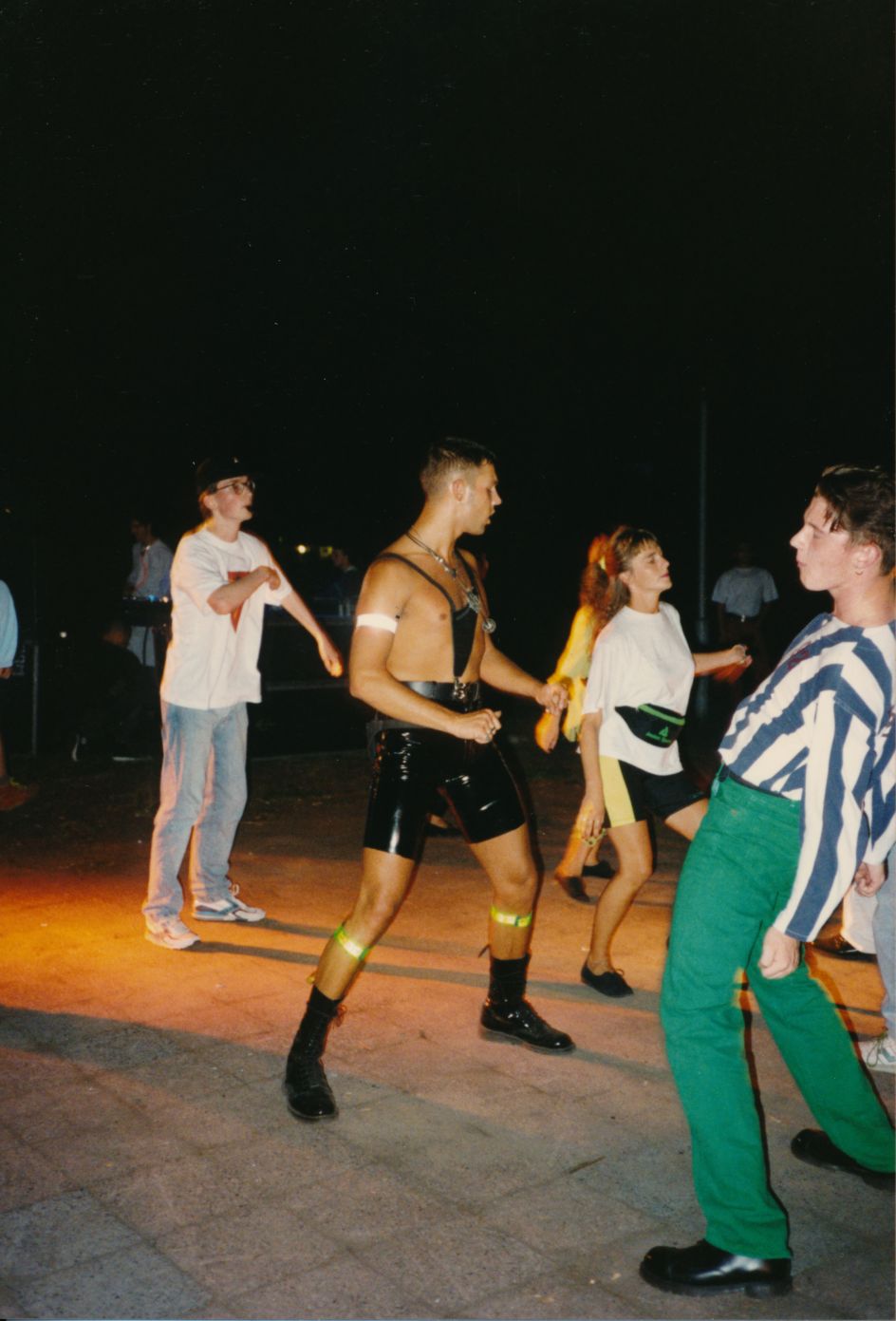
Marco, Insel der Jugend, 1991 © Tilman Brembs
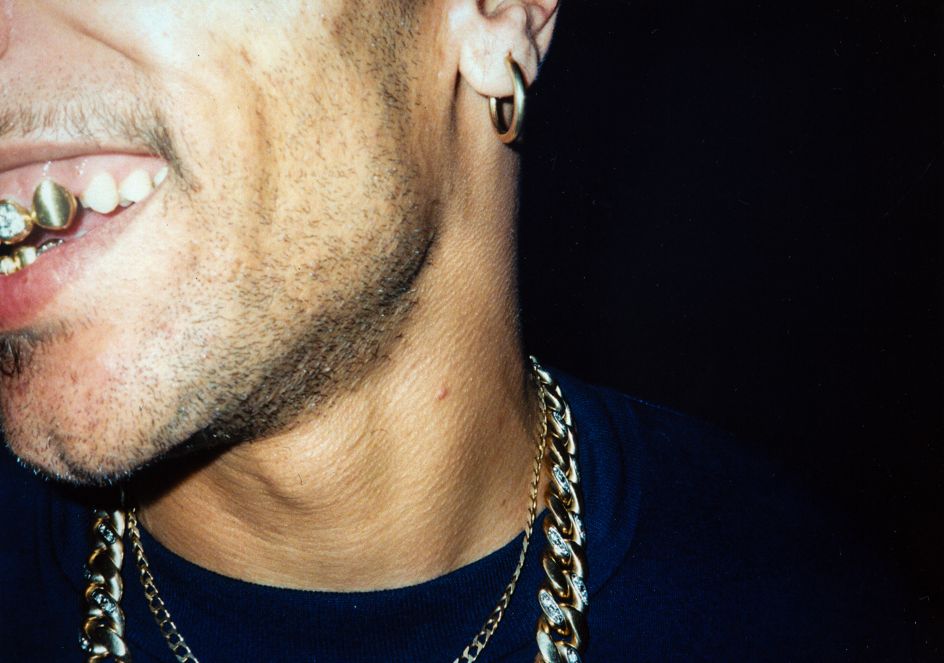
Goldie, WMF, 1997 © Tilman Brembs

















